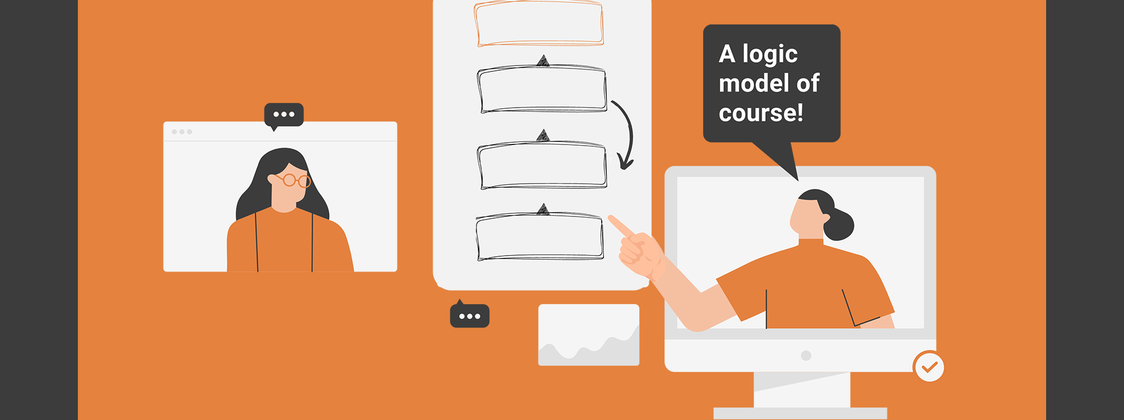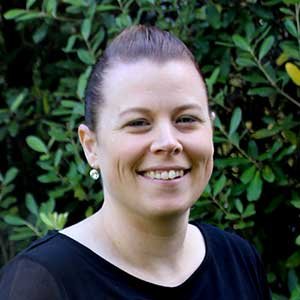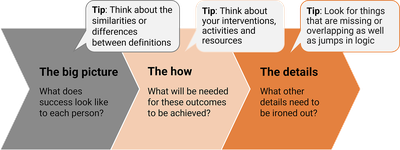How Effective is Your Wellbeing Programme, Really?
An effective wellbeing programme involves a lot more than encouraging people to move and eat their veggies.
How can you keep discussions focused, decide on project outcomes, and harness everyone's experience? A logic model of course.

Written by

Superpower: Flat-pack furniture assembly
Fixation: Crochet
Karen leads our monitoring and evaluation service area and manages Scarlatti’s large-scale projects. She has worked as a researcher and evaluator for over fifteen years and has spent the last decade working largely on evaluation projects within the primary industry.
Within her role, Karen undertakes and evaluates complex change-based projects, enjoys developing dynamic monitoring and evaluation frameworks; and supports our clients and stakeholders to grow their monitoring and evaluation capability and confidence.
Karen loves working with our clients to ensure our monitoring and evaluation projects hit the mark, and enjoys thinking up new and interesting ways to present our evaluation findings.
She holds a Bachelor of Arts from Victoria University and a Post Graduate Diploma in Social Sector Evaluation Research from Massey University.
We’ve all been there; attending yet another governance or project meeting - one of the many which will occur over a project’s lifetime - and things go off track.
Let’s imagine that the point of this meeting is to clarify what outcomes your group want for the project. But in order to clarify these, the project team and stakeholders will need to come to an agreement.
The session starts with the usual moments of quiet, before members slowly begin to chime in. Gradually, voices get louder, opportunities to pipe in get rarer, comments become more side-tracked, and the rabbit holes get deeper.
How can you focus the discussion and get everyone on the same page?
How will you decide on project outcomes that are simultaneously ambitious and realistic?
How can you harness the valuable experiences and thoughts of all stakeholders?
We all like to believe we think logically, but collective thinking, our cognitive biases and emotions often get in the way. This naturally influences our discussions.
One way to get stakeholders on the same page is to work together to develop a logic model.
Logic models are frameworks that help you to:
Often, logic models include what will:
You are likely thinking, that sounds ideal, but how do I create a logic model? Because I want a logic model now...
Well, there are three steps to developing a logic model.
Before jumping into things, make sure you start with the big picture. It is important to find some common definition of success, even if each person has slightly different priorities.
Once you have a common definition of success, you will need to identify what is needed for this to happen – normally, it is interventions, activities and resources.
Once you have your logic model drawn up, it is time iron out the details. Look for things that are missing or overlapping, as well as jumps in logic.

Logic models make for an excellent reporting tool. For example, they can provide you with a structure for your regular reports back to your governance group.
Logic models make teams feel confident and clear on what they need to do. For example, what data to collect and when.
When new ideas are introduced in meetings, you can look to your logic model to ensure it’s something the team should be focusing time and resources on.
Logic models keep all involved on track.
So, the next time you are trying to identify outcomes and get stakeholder buy in, get out the logic model.
There is a wealth of knowledge that goes into successfully developing and maintaining a logic model that goes beyond the diagram shown above. The team at Scarlatti use logic models in many of their monitoring and evaluation work and can help you to create one for your next project.
Contact the monitoring and evaluation team